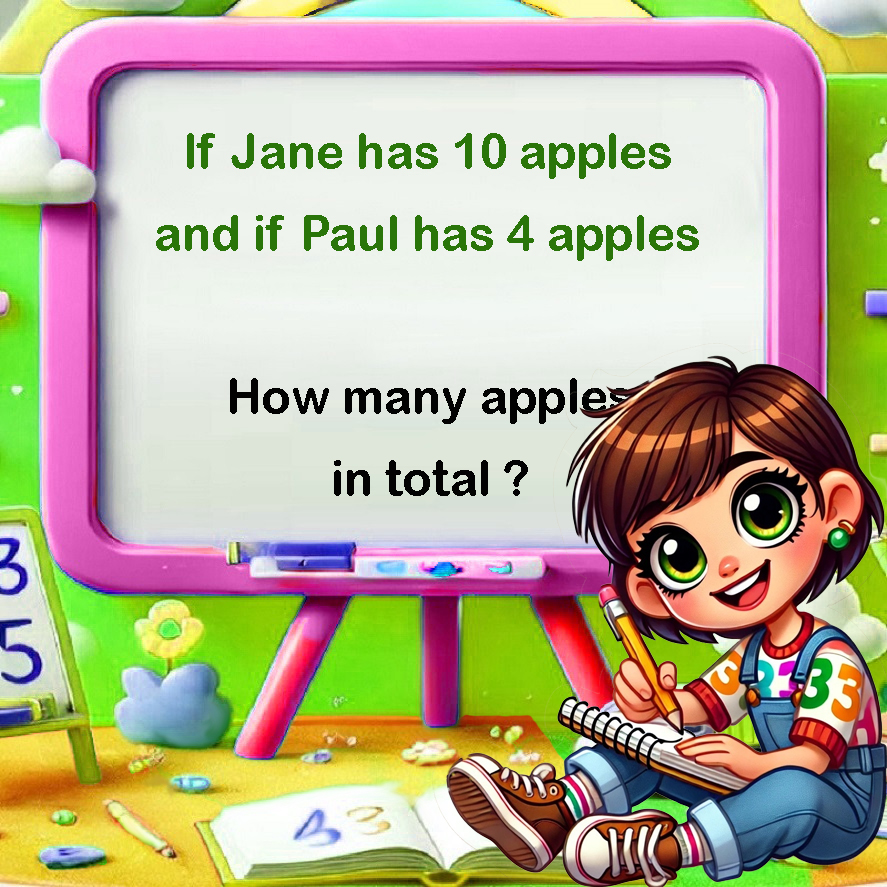Practice Word Math KS1
Game Purpose
An interactive word-based math practice game designed to help Key Stage 1 students solve real-world math problems that match KS1 test style. Players read and solve 7 different types of word problems involving addition, subtraction, multiplication, division, and money calculations across four difficulty levels.
With its colorful interface and engaging design, Practice WordMaths 1 of 3 transforms math practice into an enjoyable activity that encourages repeated play and continuous improvement.
Available in 14 languages:
Key Features
Progress Tracking
Monitor improvement over time with built-in statistics and achievement tracking.
Instant Feedback
Each answer receives immediate visual and audio feedback to reinforce learning.
Digital Numpad
Use the on-screen numpad to enter your answer
Multi-Language Support
Learn in your preferred language with support for 14 languages.
Difficulty Modes
Input Method: Multiple choice answers
Perfect for: Beginning readers learning basic word problems
Example: "Tom has 5 apples. Sarah has 3 more apples than Tom. How many apples does Sarah have?"
Input Method: Multiple choice answers
Perfect for: Students comfortable with reading and basic math operations
Example: "Anna has 12 red books and 8 blue books. How many books does Anna have altogether?"
Input Method: Type answers using numpad
Perfect for: Advanced learners ready for complex problem solving
Example: "A display has 6 flowers in each row. How many flowers are there in 4 rows?"
Input Method: Type answers using numpad
Perfect for: Students mastering multi-step word problems with larger numbers
Example: "Emma buys 4 pencils at 25p each. If she pays with £2, how much change does she get?"
How to Play
- Select your preferred difficulty level (Easy, Normal, Hard, or Crazy)
- An addition problem will appear on the screen
- Use the on-screen numpad to enter your answer
- Press "Enter" to submit your answer
- Receive immediate feedback with sound and visual cues
- If incorrect, the correct answer will be shown before the next question
- Track your progress in the stats bar at the bottom of the screen
The game automatically advances to new questions after correct answers or showing the solution for incorrect answers.
Teaching Tips
Progressive Learning
Start with Easy mode to build confidence and fluency with basic addition facts. Gradually progress through the difficulty levels as skills improve.
Timed Challenges
Use the average time feature to challenge students to improve their speed. Set personal goals for completing a specific number of problems within a time limit.
Mental Math Strategies
Encourage students to develop and articulate their mental math strategies. For example, when adding 8 + 7, they might think "8 + 2 = 10, then add 5 more to get 15."
Error Analysis
When students make mistakes, use them as learning opportunities. Discuss the error and work through the correct solution together before moving on.
Language Integration
For multilingual students or language learners, switch between languages to reinforce math vocabulary in multiple languages.
